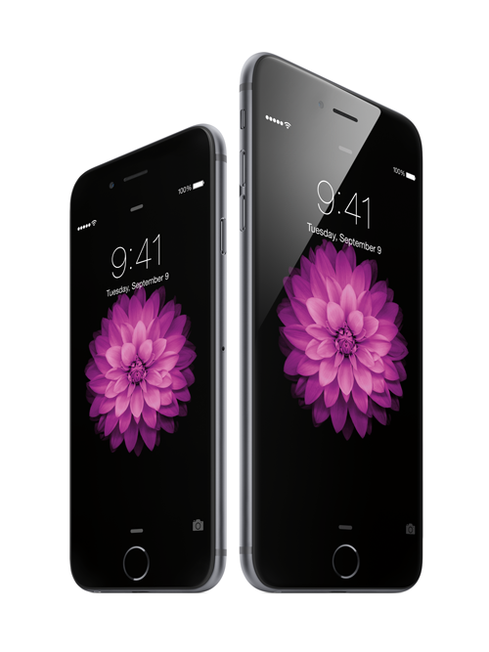No Google Inbox Invitation? Try These Instead
If you're tired of the same old mobile email experience, there are plenty of apps in the sea.


10 Elegant Product Designs, Not By Apple
10 Elegant Product Designs, Not By Apple (Click image for larger view and slideshow.)
Google announced Inbox, its new approach to email, on Wednesday. Inbox was created by the same team that developed Gmail 10 years ago, and it promises to reinvent how we deal with email. Too bad Inbox is available only as a limited beta at the moment. It could easily be months before it becomes widely available. (Anyone have an invitation yet? Anyone?)
Android and iOS devices both have solid email clients that are part of the core operating system. They can handle most types of email accounts, including Exchange, POP, and IMAP. They don't always cut it, though. If you're itching to get away from built-in email clients, there are a plethora of alternatives available.
CloudMagic
This free mobile email app was designed by CloudMagic Inc. It is available for both Android and iOS, and it supports the majority of email services, including Gmail, Exchange, Yahoo, Outlook, iCloud, Google Apps, Office 365, and IMAP. Signup is easy. Most supported services require users only to input their email address and password -- no futzing with SMTP and domain settings.
Users can add multiple accounts to the app. If you do, CloudMagic lets you see all emails bundled together in one master inbox or separated into their individual accounts. Its claim to fame is the card interface it uses, which hooks into productivity tools such as Salesforce, Zendesk, Evernote, Pocket, and Trello.
[Take a look inside Google's new email app. See Google Inbox: 5 Things To Know.]
Mailbox
Mailbox started off on its own but was eventually purchased by Dropbox. Like CloudMagic, it is available for both Android and iOS. It's a bit more limited in the email protocols it supports, as it is compatible only with Gmail and iCloud. It says more platforms will be supported soon.
Mailbox is appealing thanks to the simplified user interface, which makes it easy to scan entire email threads as if they were IM chats. Users can archive or trash messages with swiping gestures, as well as snooze individual conversations -- or the entire email app -- to limit interruptions. Mailbox uses encryption, so email is delivered securely.
Outlook Web Access
Don't confuse Outlook Web Access with Microsoft's rebranded Hotmail service (now called Outlook). OWA is for business users. It requires the latest version of Office 365 for business. It works on Android devices and the iPhone.
OWA lets smartphone owners interact with their email, calendar, and contacts all in one app. Some of the core features include Conversation View for threaded emails, search, shared calendars, voice actions, and remote meeting room finders. Changes made within OWA are automatically synced back to the user's office machines. Last, OWA is secure thanks to device admin tools and encryption. It also supports remote wipe without affecting personal data.
Yahoo Mail
Don't laugh. Yahoo is trying hard. In fact, it just recently updated Yahoo Mail for Android and the iPhone with Google Now-like event reminders. Yahoo Mail may work only with Yahoo's email service, but savvy users can add multiple inboxes to their online account in order to see them within the mobile app.
Perhaps Yahoo Mail's most significant feature is the design. It's pleasing to the eye, and the usability is top notch. It delivers not only email, but also personalized news, web searches, and daily snapshots of the weather, sports scores, and popular videos. The mobile app provides access to all the folders, including drafts, sent mail, and the trash.
None of the above is perfect, but they do serve as solid alternatives to stock email clients.
Enterprise social network success starts and ends with integration. Here's how to finally make collaboration click. Get the new Enterprise Social Network Success issue of InformationWeek Tech Digest today (free registration required).
About the Author
You May Also Like






